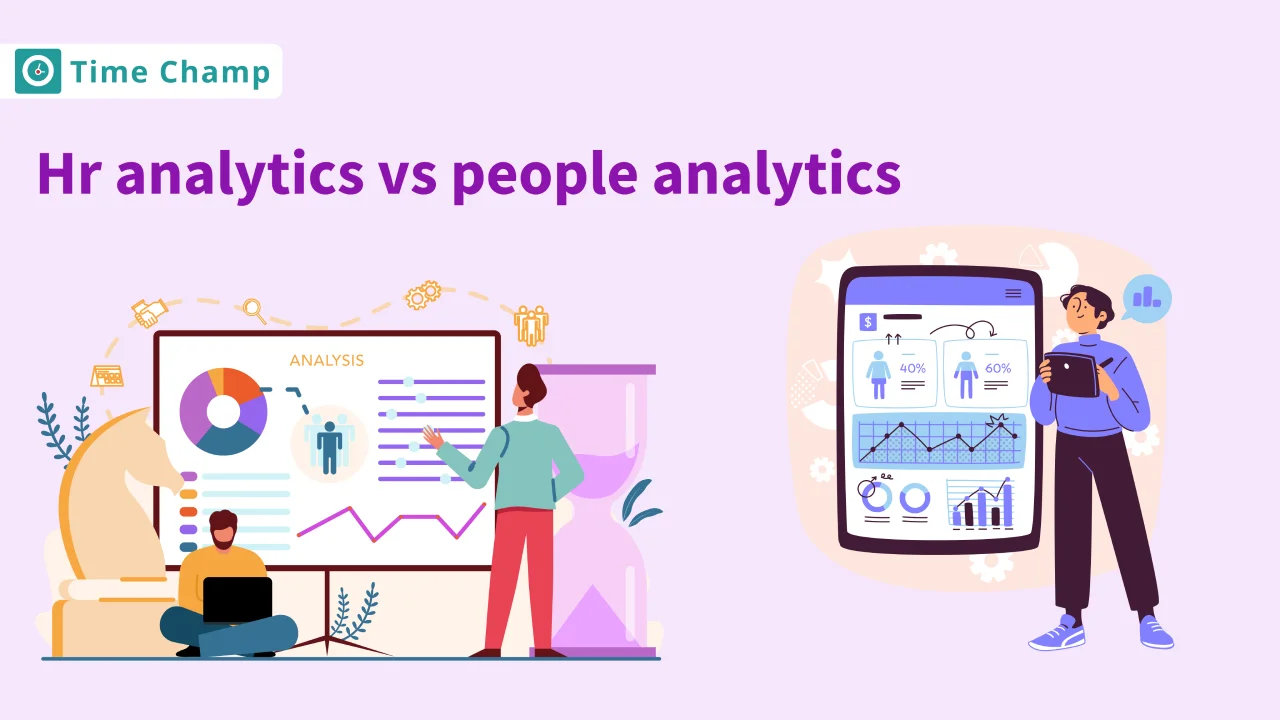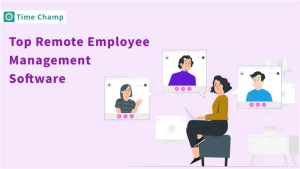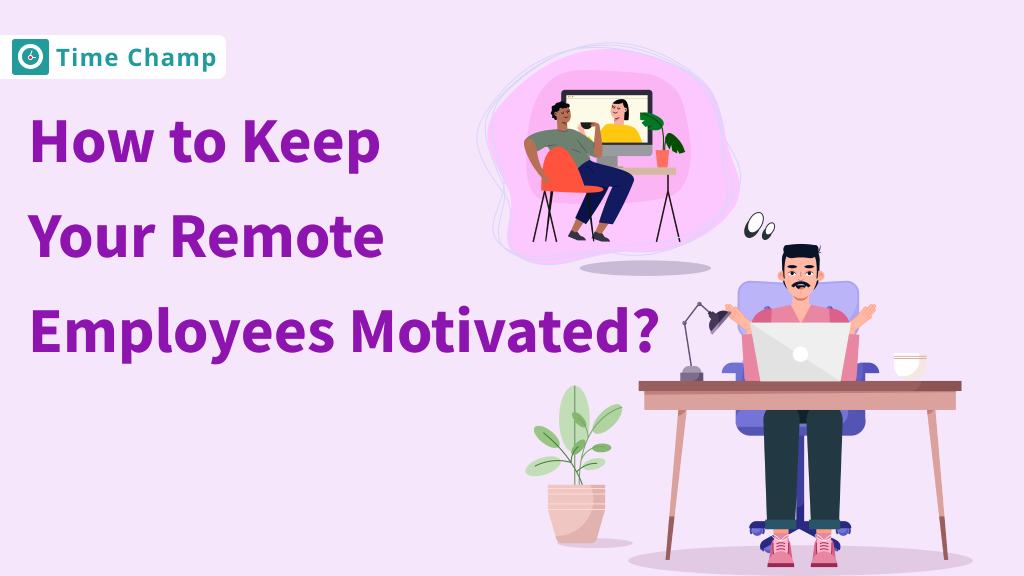Analysing data has become important in decision-making in this technological world, in such situations HR analytics tools come in handy to accurately analyze employee data and make data-driven decisions. When there are a lot of different types of HR software available in the market, selecting the one that fits your business the best could be a headache.
So, let’s discuss what is HR analytics, and people analytics and the differences between them.
What is HR Analytics?
HR analytics means applying data to
understand everything about the
employees of a company. It’s
like diving into a pool of employee
information to learn what makes some
of them happy, how well they do
their jobs, and why some of them
want to stay or leave.
With
the help of this information,
businesses can make wiser decisions
regarding hiring, training, and
employee satisfaction. It’s
almost like having a superpower that
helps companies take care of their
employees and improve their
business.
What is People Analytics?
People Analytics is like being a
tailor, stitching together different
fabric swatches (data points) to
create a tailored suit of insights
about employees within a company.
This is implemented through the
collection and analysis of data
related to employee
performance, engagement and
behaviour at work.
The
information contained in these data
can help businesses make better
decisions about things like hiring,
managing, and retaining their
employees. It’s all about using data
to understand the people, and as a
result, create a happier, more
successful workplace.
Some Common HR Metrics
Here are some of the key metrics that can be calculated using HR analytics.
- Employee Turnover Rate: This shows the number of employees who left the company in a given period which might indicate that there are problems with the satisfaction level or company culture.
- Employee Engagement: Employee Engagement evaluates the degree of employee attachment and excitement about work and the company.
- Time to Hire: Helps you to compute the average number of days required to fill job vacancies, which reflects the recruitment process efficiency.
- Absenteeism Rate: This shows the percentage of time that workers are not at work. This in turn brings to the fore things such as dissatisfaction or health problems.
- Performance Ratings: You can measure employee performance by using pre-set standards and criteria, recognizing high performers and areas for improvement.
- Cost per Hire: You can compute the total spending on recruitment per hire, which implies whether the process is financially effective or not.
- Revenue per Employee: This Calculates the ratio of revenue per employee, giving information regarding the workforce’s effectiveness and productivity.
HR Analytics vs People Analytics
HR analytics and people analytics are almost the same with some slight differences let’s discuss them.
HR Analytics
- HR analytics only deals with HR-related tasks and the key activities of HR analytics include recruitment, training, and performance management.
- Aids organizations with the optimization of the recruitment process, like decreasing the time to hire and increasing the quality of candidates.
- Examines employee performance data and pinpoints standout employees, areas of improvement, and training needs.
- Tracks employee turnover rates to understand where retention challenges occur and to address them by developing a strategy.
People Analytics
- Whereas people analytics focuses not only on HR-related stuff but also keeps a record of all the employee-related data.
- Studies data that is related to employee satisfaction, engagement and happiness to make sure that the overall employee experience is well-known.
- Reviews workplace culture and diversity metrics, which will help businesses to build an inclusive working environment and to maintain it.
- Collects data about work-life balance, employee feedback, and career development chances and then uses it to improve overall employee satisfaction and retention.
Use HR Analytics software
Use HR analytics software to accurately monitor your employee performance, satisfaction, and overall well-being, and also help you make informed decisions to support a happier and more productive workforce.
If you struggle to find software that perfectly aligns with your business, let us help you make a better decision.
Embrace Analytics and Shape Your Future Success Today
Transform Your Tomorrow with Time Champ's HR and People Analytics
Signup for FreeBook DemoTime Champ
Time Champ helps you monitor both HR analytics and people analytics and provides you with accurate insights. This enables you to understand your workforce better, identify areas for improvement and make informed decisions to create a more positive and successful workplace environment.
Final Thoughts
In conclusion, HR analytics dives deeper into HR-related tasks like hiring and performance reviews, where people analytics examines a wider range of factors affecting employees, like workplace culture and well-being. By properly using both insights businesses can understand their workforce better and make smarter decisions to create a more welcoming and successful workplace.
People analytics adds a wider perspective to HR analytics by including factors like workplace culture and overall employee experience, in addition to specific HR tasks.
HR analytics mainly focuses on tasks like improving recruitment and evaluating employee performance, while people analytics looks at things like employee satisfaction and engagement to make the workforce a better place to work.
Yes, workforce analytics combines HR and people analytics, examining data on employee performance, productivity, and engagement to understand the workforce better.
HR analytics will likely use advanced technologies like AI and machine learning to provide better insights and personalized solutions in the future, improving decision-making and making the employee experience even better.
Analytics improves the decision-making process by looking into the data to find patterns and trends that will guide decision-makers to do the right thing based on facts instead of guesswork. Let’s consider the HR for instance and the employee’s records may be analyzed to detect any of the weak points in the hiring and training processes.







